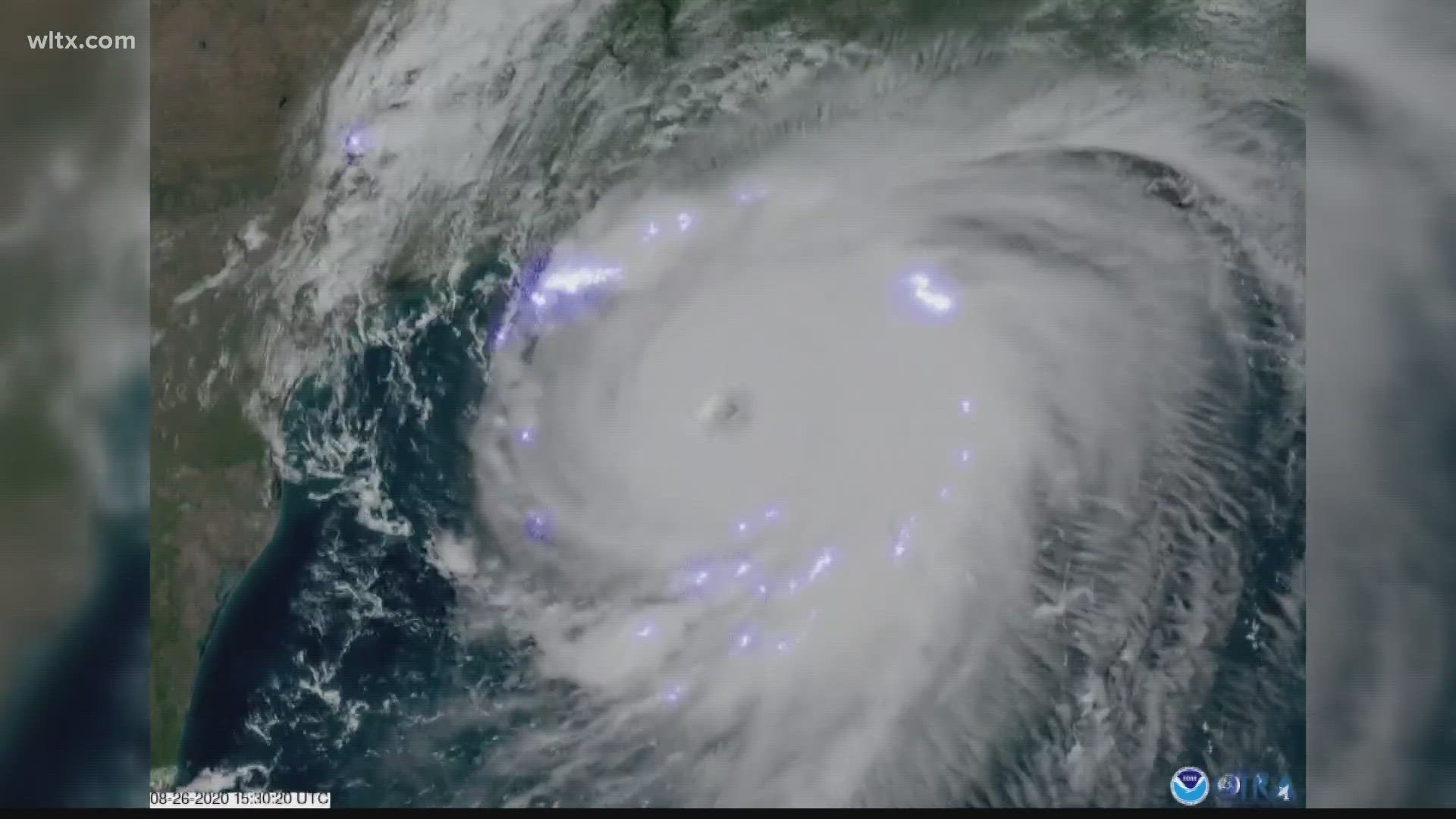COLUMBIA, S.C. — Hurricane Season officially begins on June 1st, this time of the year sets up the conditions for these storms to form.
A traditional low-pressure system is driven by air masses and fronts. They can occur over land or water and at any temperature at the surface. In stark contrast, tropical lows have no fronts with storms circling the center of the low pressure.
Their main ingredients include an area of low pressure known as a tropical wave and warm ocean waters, especially over 80 degrees Fahrenheit that can serve as fuel.
This water allows for large updrafts that create towering storms that circle the low. High-pressure forms at the top of the storm creating an eye, the distinct feature of hurricanes.
There are several factors that can determine how strong these systems get, the first is wind shear which, if present can make it hard for a storm to stack vertically. Other things like cool ocean water, land interaction, and even dry air can keep a storm from strengthening into a hurricane.
The window for tropical weather is traditional during the late summer and early fall months, as for the official hurricane season that runs from June 1st through November 30th.

